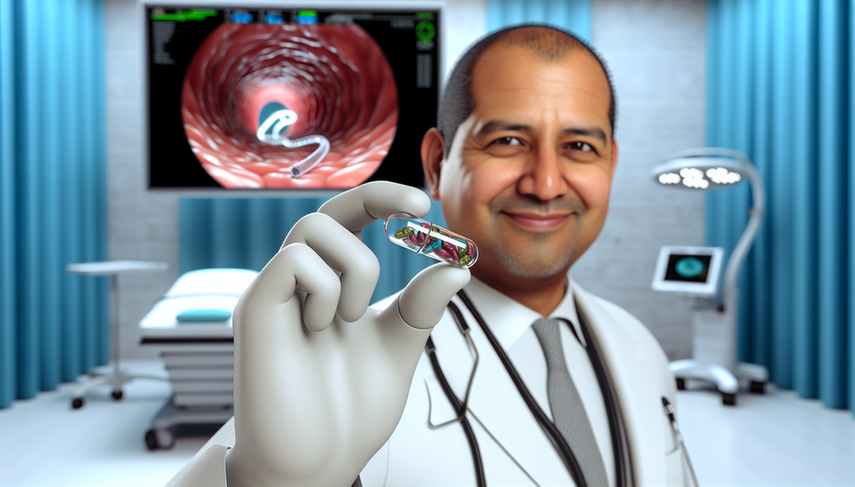Endoscopic Capsules: Internal Videography and Gastrointestinal Diagnosis Using Ingestible Technologies

In recent years, endoscopic capsules have revolutionized the field of gastrointestinal diagnosis. These ingestible technologies provide a non-invasive method to explore the gastrointestinal tract, delivering high-quality internal videography. Since their introduction, they have enabled physicians to obtain detailed images of previously inaccessible areas, significantly enhancing the diagnostic and treatment capabilities for various gastrointestinal pathologies.
Advances in Endoscopic Capsules
Endoscopic capsules, such as the Colon Capsule Endoscopy (CCE), have proven to be nearly as accurate as conventional colonoscopy for diagnosing colorectal cancer and significant polyps. This FDA-approved technology is particularly beneficial for patients who cannot or do not wish to undergo traditional colonoscopy.
Moreover, advancements in microelectronics have facilitated the development of ingestible electronic devices that not only capture images but can also perform interventional functions, such as tissue sampling or therapy delivery. These devices offer real-time assessment with minimal interference in the patient's normal physiology.
However, despite their success, current endoscopic capsules face technical challenges, such as the lack of navigation control. Recent research has explored the use of magnetic fields to maneuver these capsules, which could enhance their clinical efficacy by allowing more precise control of their movement through the gastrointestinal tract.
Conclusions
Endoscopic capsules represent a significant advancement in gastrointestinal diagnosis, offering a less invasive and more comfortable alternative to traditional techniques. As technology continues to advance, we are likely to see an increase in their clinical use, as well as in their diagnostic and therapeutic capabilities. The integration of these ingestible technologies into daily medical practice promises to improve diagnostic accuracy and treatment personalization, benefiting both physicians and patients.
References
- [1] Colon capsule endoscopy and its effectiveness in the diagnosis and management of colorectal neoplastic lesions.
- [2] Review article: Current status and future directions of ingestible electronic devices in gastroenterology.
- [3] Magnetic robotic manoeuvring of gastrointestinal video capsules: preliminary phantom tests.
Created 24/1/2025
